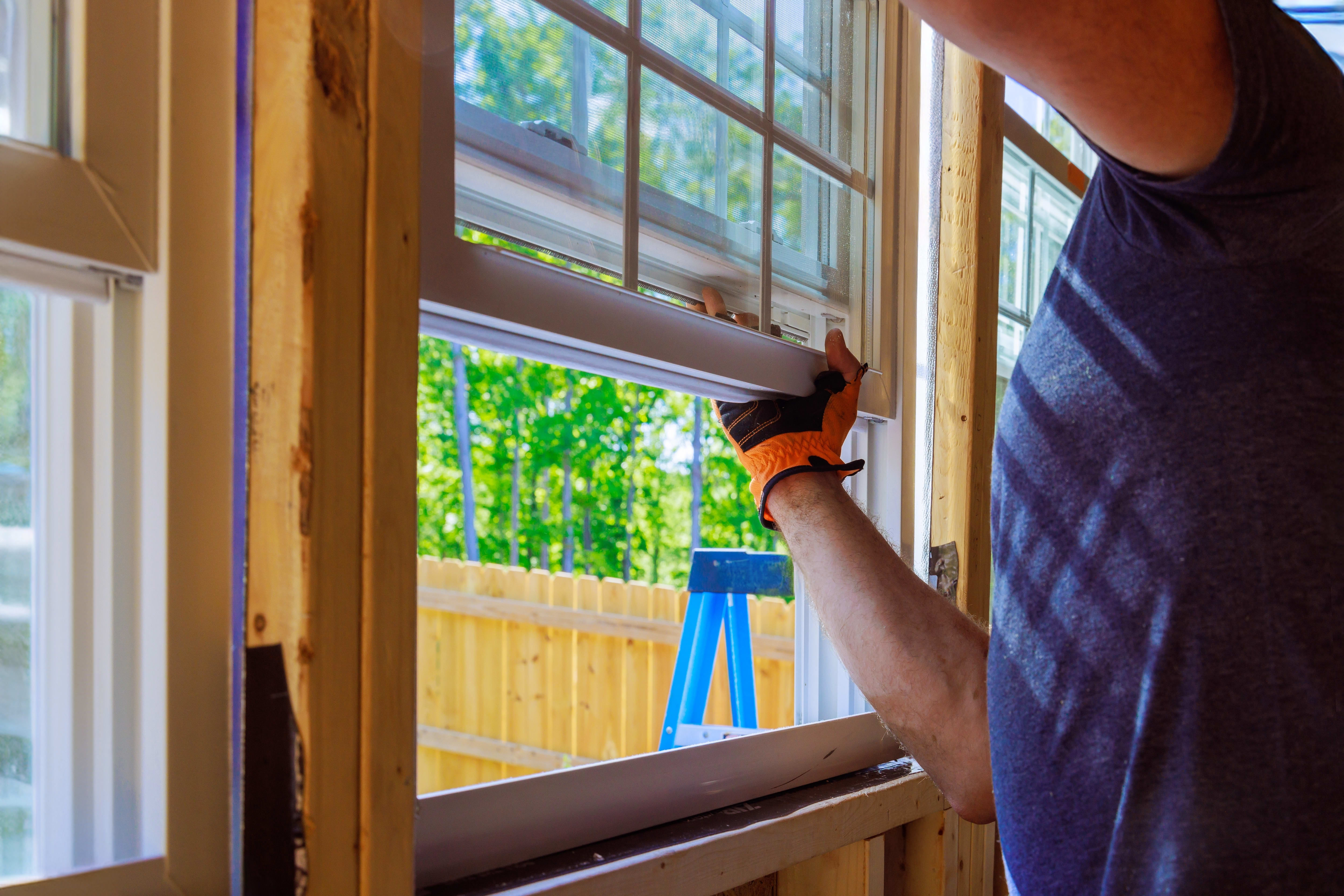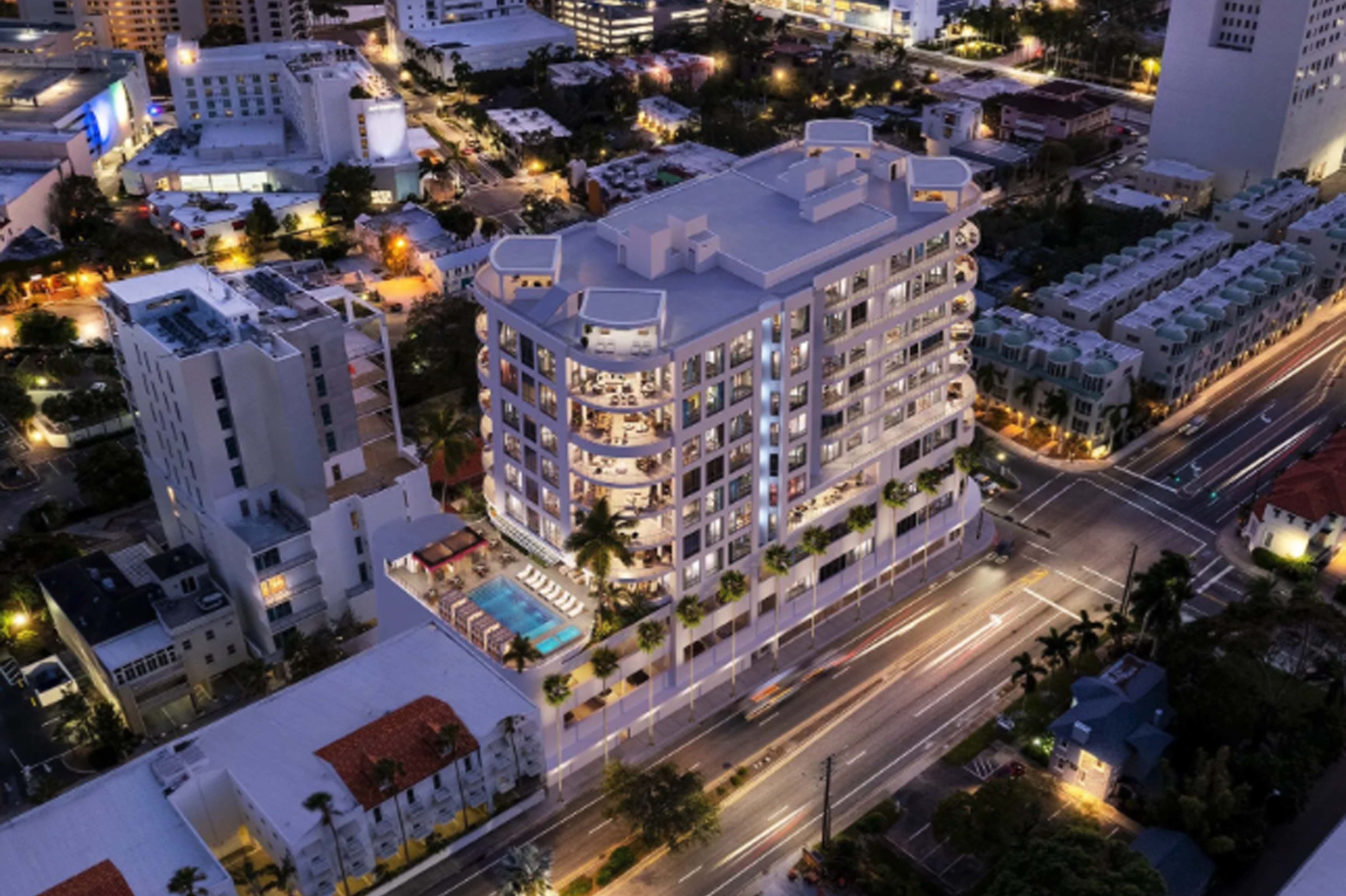Why Do Homes Keep Getting Bigger?
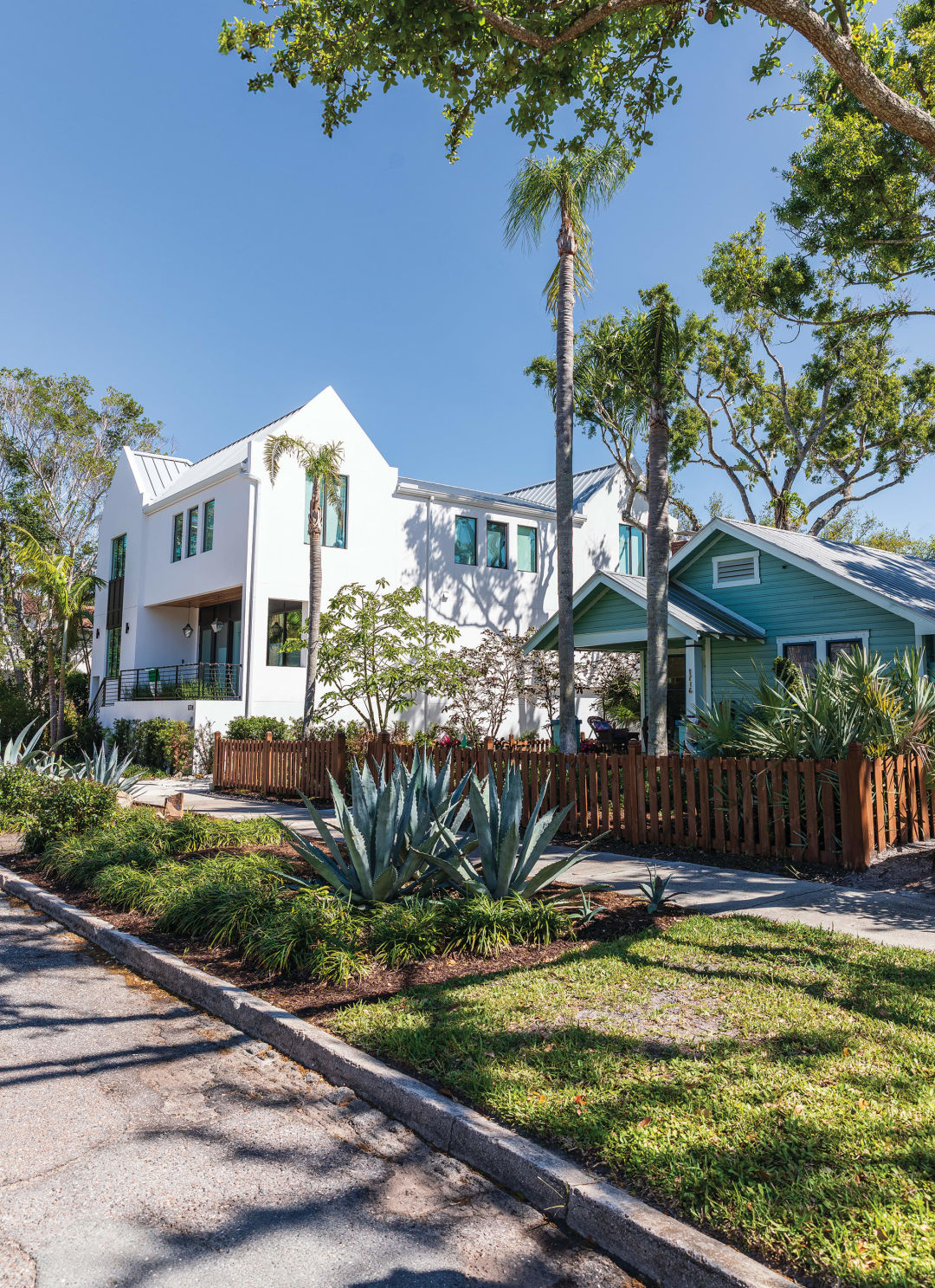
Image: Hannah Trombly
Once-modest neighborhoods in Sarasota are seeing a dramatic shift. Where unassuming ranch homes once stood, big builds now rise—casting shadows over neighbors and signaling changes in local real estate preferences. The demand for larger homes, once the domain of luxury enclaves west of the Trail and on the barrier islands, has trickled into humbler residential pockets.
“The days of building 1,200-square-foot homes are over,” says Carolyn Barker Collin, a realtor with Sotheby’s International Realty. “People don’t live the same way they used to.”
Most local homes built in the 1950s and ’60s ranged from 1,200 to 1,700 square feet, had two or three bedrooms, and might have had a little more room if a garage or lanai had been enclosed. “New construction isn’t going to be that,” says Collin. “It’s now 3,000 square feet. This has been happening for a while, but Covid accelerated it.”
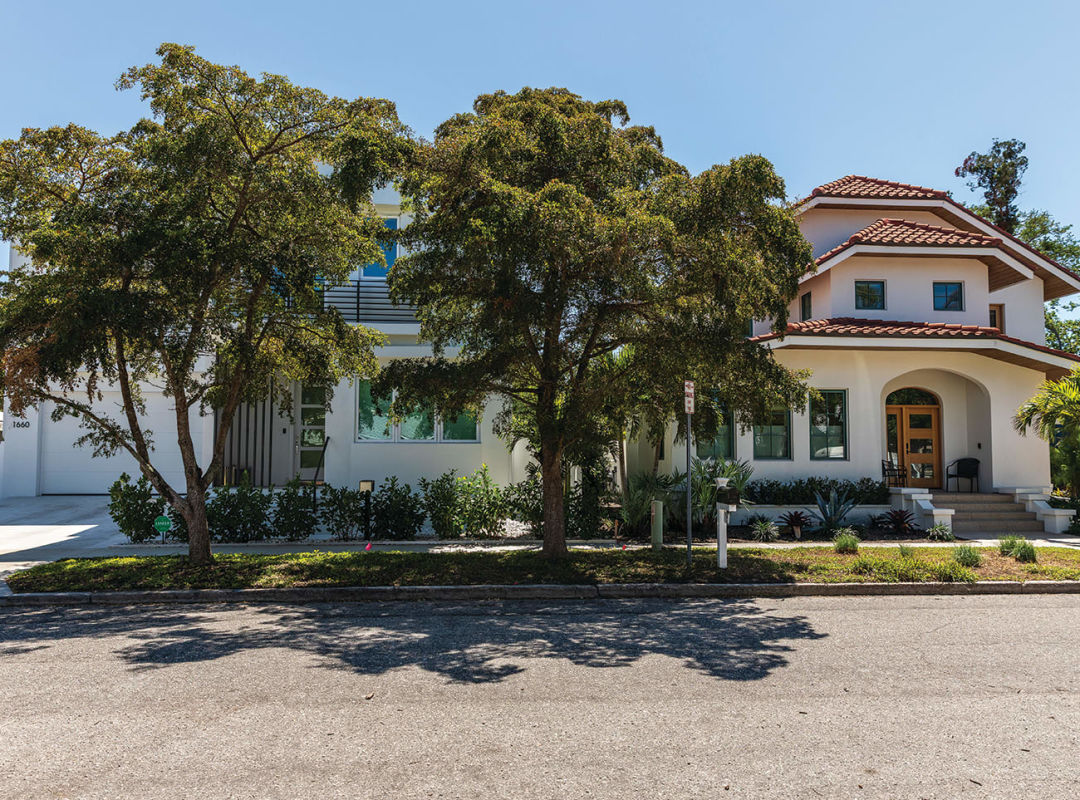
Image: Hannah Trombly
If we once celebrated tiny homes, smaller footprints and simpler living, post-pandemic lifestyle changes have fueled a reaction to that movement that hasn't waned. Remote work turned home offices into necessities rather than luxuries, and buyers started prioritizing multifunctional spaces. The home gym no longer seemed like an overindulgence, and walk-in closets and laundry rooms, once afterthoughts, are now often as big and outfitted as some bedrooms.
“Lots of people value square footage more than proximity to a park,” says architect Leonardo Lunardi. “Size is in. It’s measurable. A bigger home provides instant feedback—you experience it every day. Living near a park is great, but you have to get out and see it to get that satisfaction.”
As the trend toward larger construction spreads, green space is shrinking. “We’re seeing fewer gardens, less outdoor space,” Lunardi says. “The comfort level of being inside has drawn people in. The quality of finishes encourages that, too—if you buy a $200,000 kitchen, you don’t want to open the windows and let humidity wear on it. On the high end, you also see a desire for larger garages, playrooms and other amenities.”

Michael Cocozza, the owner of Trinity Custom Homes, sees another force behind growing home footprints: retirees and grandparents. “A lot of our clients are moving here for the quality of life, but their families are still up north or out west,” he says. “They want dedicated bunk rooms for grandkids, making it comfortable for them to visit. It’s about creating a space that reflects their lifelong accomplishments and allows them to share it with their loved ones when they visit.”
Rising land and property costs are also fueling the push. In Sarasota County, the median sale price for a single-family home was $505,000 in 2024—a slight dip from the previous year, but a staggering 74 percent higher than in 2019. Even on smaller lots, developers and investors are maximizing every square foot to make those rising costs pay off.
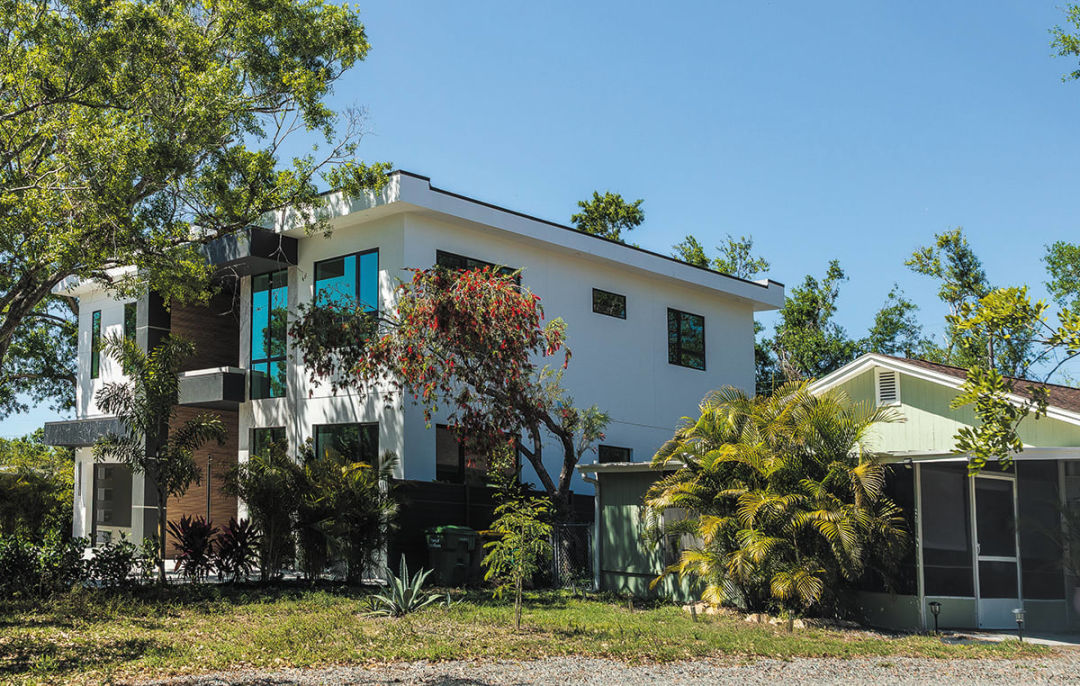
Image: Hannah Trombly
Although the market is cooling, vacant land values have seen similar jumps: A single empty lot near downtown Sarasota can fetch $350,000 to $550,000, depending on ZIP code.
“The dirt value has gone up so high, even on little lots where spec homes are happening,” Collin says. “They’re going to put as much square footage as possible to give the buyer more for their money.”
Building codes stoke sizes, too, especially in flood zones. “Elevation requirements can range from 7 to 14 feet above sea level,” Cocozza says. “Once you raise the living space, the areas below can be used for garages or storage, naturally leading to a larger home, often with two floors as the standard.”
While this wave of larger homes aligns with economic and lifestyle shifts, it has also sparked concerns about neighborhood character. In older neighborhoods within the city limits, “they’re squeezing these big homes onto 55-foot-wide lots,” Cocozza says. “It makes sense for developers, but aesthetically, it’s a little unsightly in a neighborhood where it stands out.”
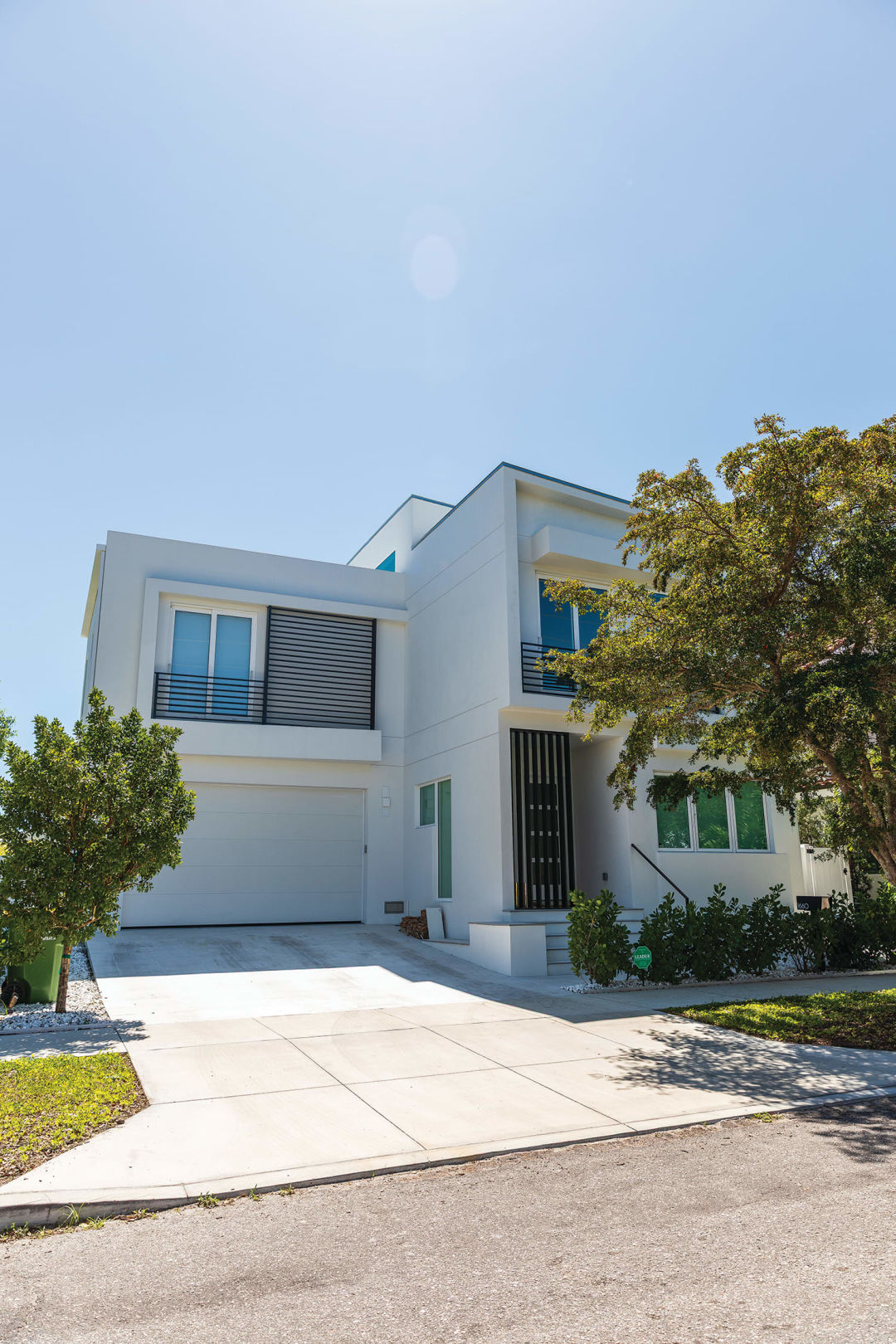
Image: Hannah Trombly
“Some of these areas have a distinct identity, and suddenly there’s a three-story home looming over a backyard that used to be private,” Collin says. “Builders just need to be mindful of how their designs fit into the existing community.”
While not everyone loves the trend of bigger homes, it appears to be here to stay. With buyers seeking more space and developers capitalizing on high land values, Sarasota’s housing market is entering a new phase—one larger home at a time.
